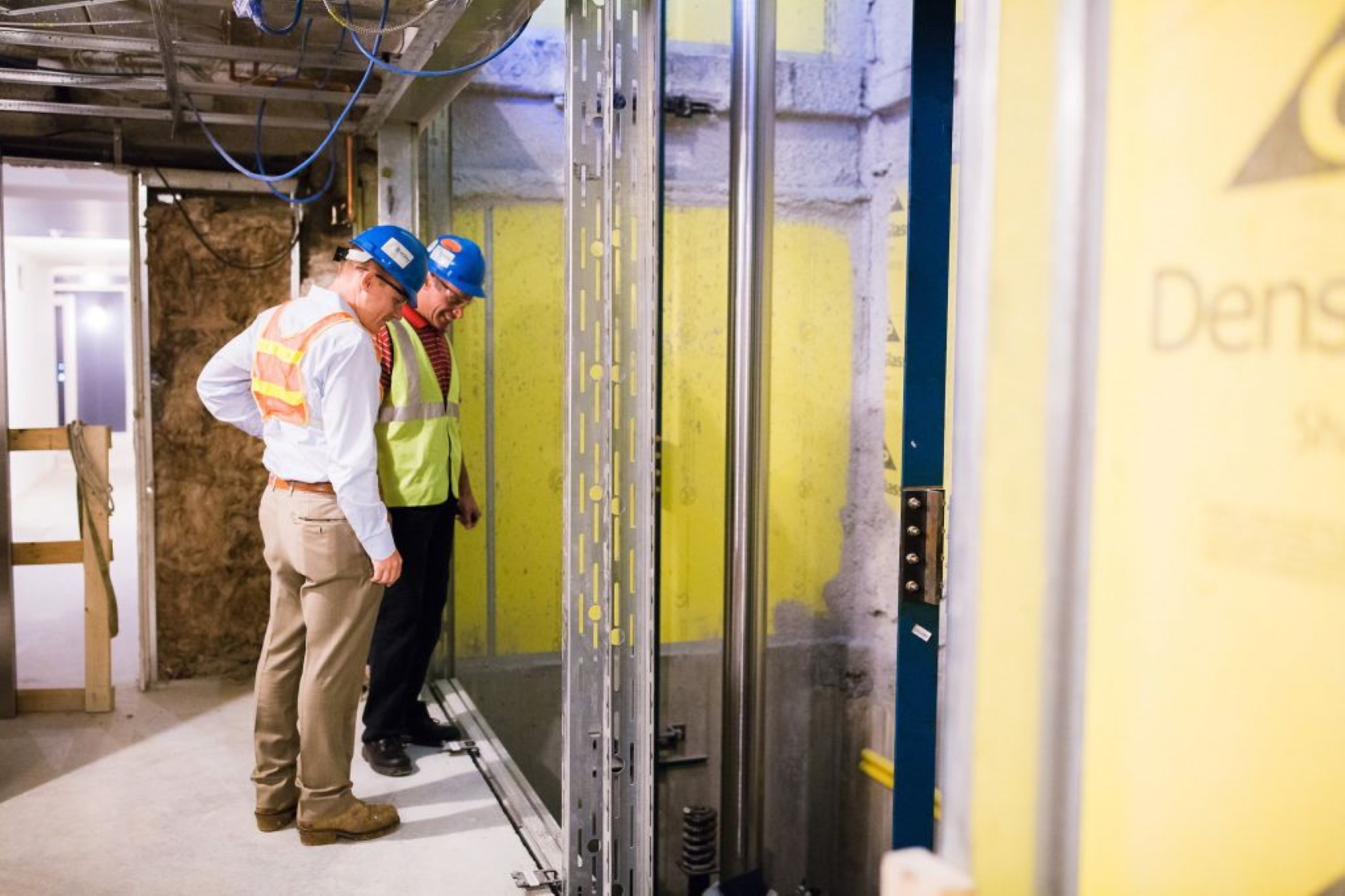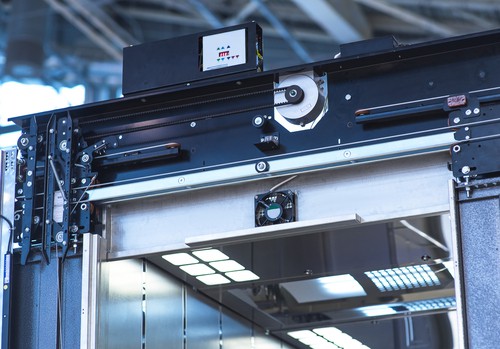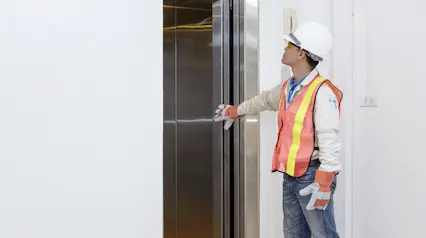Important Overview to Recognizing Handicapped System Lifts and Their Functionality
Recognizing the complexities of disabled platform lifts surpasses plain awareness; it requires a comprehensive understanding of their capability and style. From the various types readily available to the vital components that make them functional, each element contributes to the smooth operation of these vital access devices. Additionally, the rigid safety and security policies and upkeep factors to consider related to system lifts are paramount in guaranteeing their reliability and long life. By discovering these aspects in information, one can gain an extensive understanding of just how these lifts not only enhance ease of access yet also prioritize user safety and ease.
Types of Handicapped System Lifts
There are a number of sorts of disabled platform lifts created to offer availability for individuals with movement difficulties. Vertical platform lifts are a popular choice as they relocate straight up and down, making them excellent for shorter ranges and where space is limited. These lifts are typically mounted in homes, colleges, and industrial structures to assist mobility device individuals in navigating various levels. Inclined platform lifts, on the various other hand, are ideal for locations where an upright lift may not be viable because of building restrictions. These lifts follow the slope of stairs, giving a smooth and risk-free ride for individuals with movement issues.
An additional type of impaired system lift is the mobile lift, which uses adaptability and ease. Each kind of impaired system lift serves a special function in improving ease of access and enhancing the high quality of life for individuals with mobility challenges.
Trick Elements and Devices
Handicapped platform lifts, such as upright and likely lifts, count on specific key parts and devices to make sure smooth and risk-free transportation for individuals with mobility obstacles. One essential part of these lifts is the system itself, which serves as the structure for moving people - disabled platform lift. The system is created to be strong, roomy enough to accommodate mobility devices or wheelchair devices, and outfitted with safety and security attributes such as guardrails and non-slip surface areas to avoid mishaps throughout transit

Additionally, safety and security sensors and emergency situation quit buttons are incorporated right into disabled system raises to improve customer safety and security and stop mishaps. These elements interact to develop a trustworthy and effective transport remedy for people with movement disabilities.
Setup and Upkeep Factors To Consider

Normal maintenance is just as important to maintain handicapped system lifts running efficiently. Set up examinations, lubrication of moving parts, and testing of safety and security functions should be lugged out according to the manufacturer's advised schedule. Any type of signs of deterioration should be attended to promptly to stop further damage and make certain the lift operates dependably. In addition, having a maintenance log to track solution background and interventions can aid in recognizing patterns and potential issues prior to they escalate. By prioritizing correct setup and diligent maintenance techniques, the longevity and performance of handicapped system lifts can be taken full advantage of, benefiting both individuals and center supervisors.
Safety And Security Attributes and Rules
Ensuring conformity with security guidelines is paramount when evaluating the effectiveness of safety and security functions in disabled platform lifts. Safety and security features frequently found in handicapped system lifts include emergency situation quit buttons, security obstacles, interlocks, and under-platform sensors. Interlocks make certain that the lift doors are firmly shut before the lift operates, boosting user safety and security.
Advantages of Using Platform Lifts
Compliance with safety laws and the application of vital safety attributes in handicapped platform lifts add to the total benefits of using these lifts for people with impairments. Beyond safety and security, system lifts offer a range of benefits that improve ease of access and comfort. Overall, the ease, freedom, and inclusivity promoted by system raises substantially enhance the top quality of life for people with impairments, making them a very useful access remedy.

Verdict
In conclusion, disabled system lifts come in numerous kinds with key components and mechanisms that allow for secure and reliable procedure. The advantages of making use of system lifts include enhanced ease of access and self-reliance for individuals with disabilities.